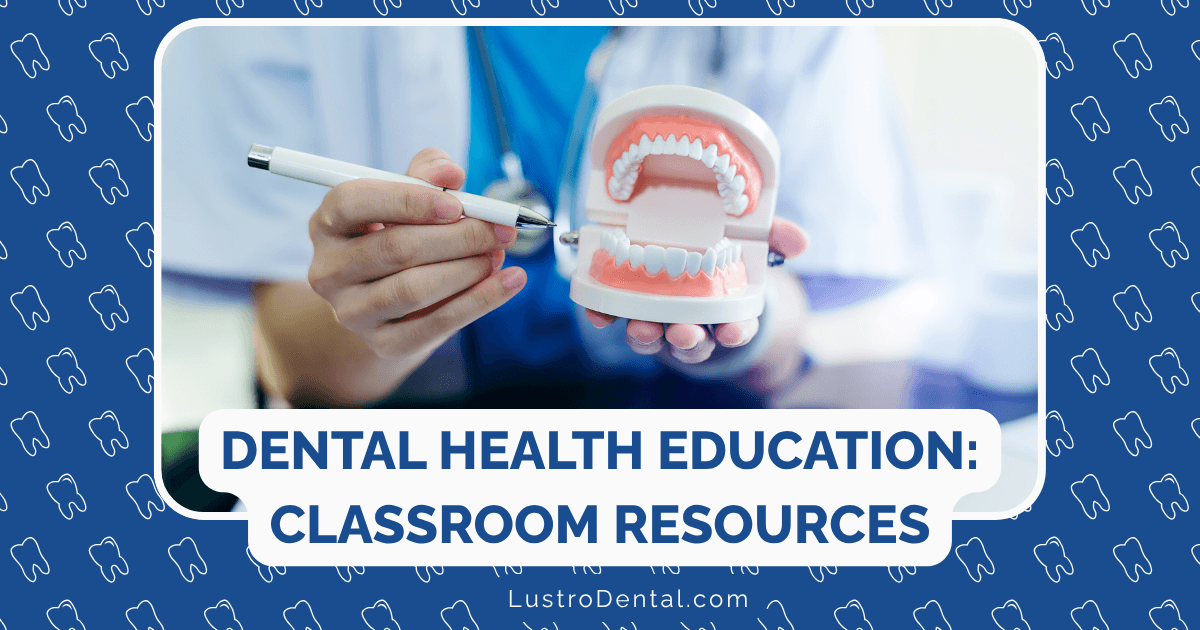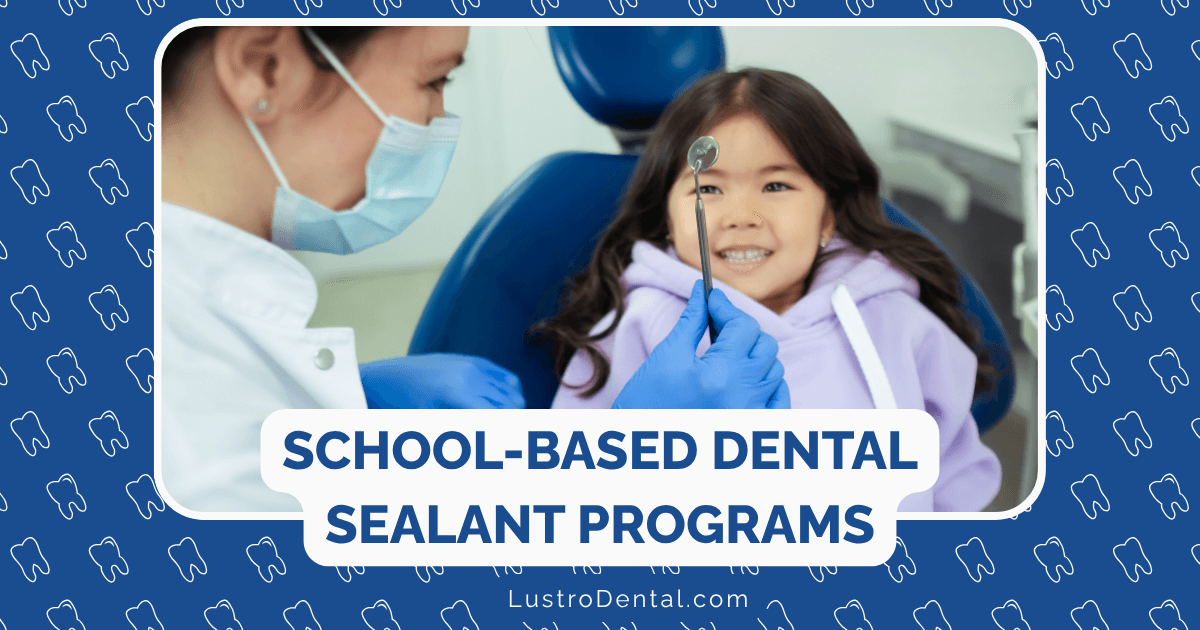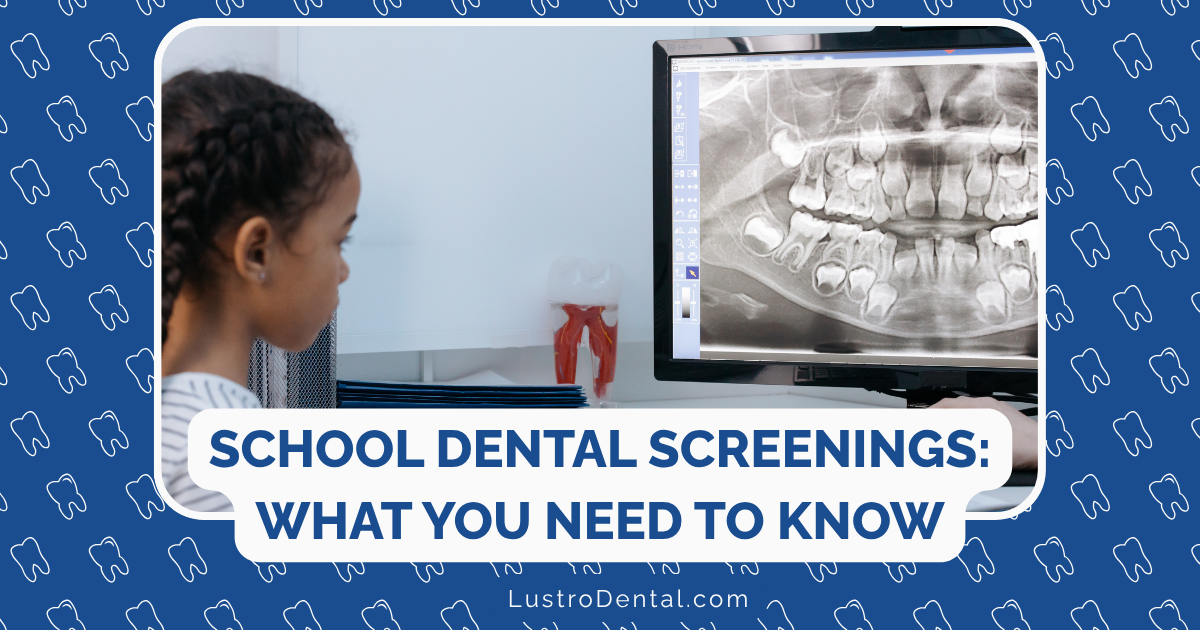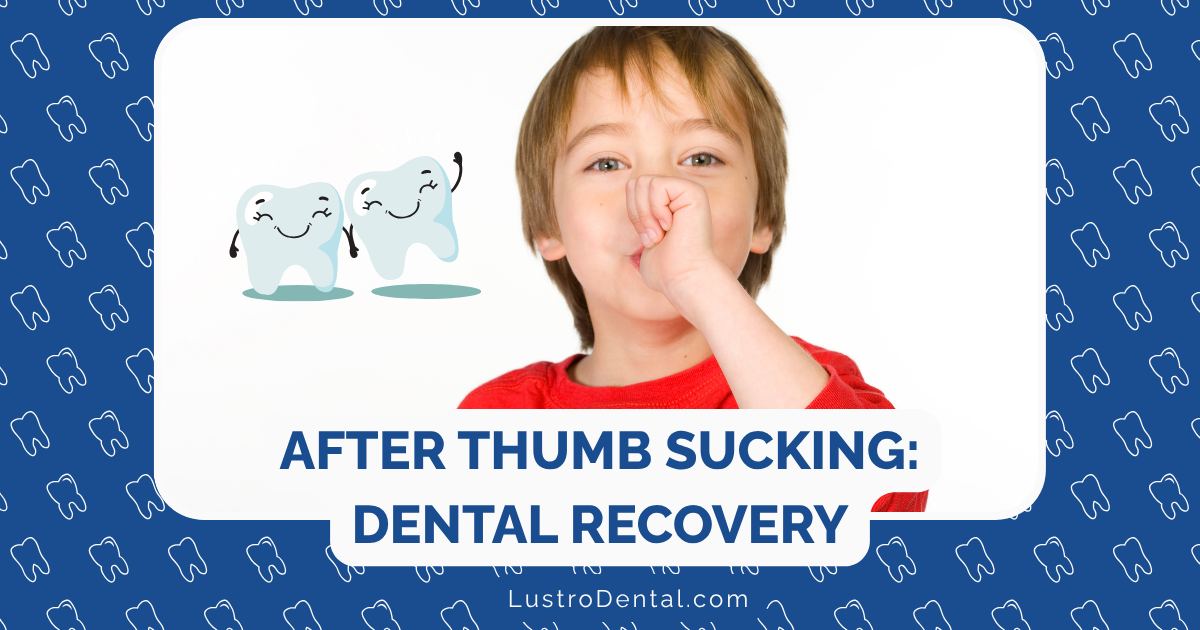Advocating for Better Dental Health Programs in Your Child’s School

As a parent, you know that good dental health is essential for your child’s overall wellbeing and academic success. Yet many schools lack comprehensive dental health programs, leaving children vulnerable to preventable oral health issues. The statistics are sobering: approximately 34 million school hours are missed each year due to unplanned dental care, and nearly 7 in 10 four-year-olds already have dental disease.
The good news? Parents have tremendous power to advocate for better dental health programs in schools. Your voice can help create meaningful change that benefits not just your child, but all students in your school community.
This comprehensive guide will equip you with the knowledge, strategies, and resources to become an effective advocate for improved dental health programs in your child’s school.
Understanding the Need: Why School Dental Programs Matter
Before diving into advocacy strategies, it’s important to understand why school-based dental programs are so crucial:
Addressing Access Barriers
- Many families face significant barriers to dental care, including financial constraints, transportation issues, and limited providers in rural areas
- School-based programs can reach children who might otherwise go without care
- According to the American Academy of Pediatrics, school dental programs are particularly valuable for high-risk populations
Improving Academic Outcomes
- Dental pain significantly impacts a child’s ability to concentrate and learn
- Chronic dental issues contribute to school absenteeism
- Early intervention prevents more serious health issues that can disrupt education
Creating Lifelong Healthy Habits
- School programs can establish positive dental hygiene routines at a young age
- Dental health education in schools reinforces messages about prevention
- Peer influence in school settings can normalize good oral health practices
Dr. Sarah Johnson, pediatric dentist and school health advocate, explains: “Schools are ideal settings for dental health interventions because they can reach almost all children, regardless of socioeconomic status or whether they have a dental home. When we implement comprehensive dental programs in schools, we’re not just treating teeth—we’re addressing a critical public health need and setting children up for lifelong health.”
Types of School Dental Programs to Advocate For
Effective school dental programs typically include multiple components. Depending on your school’s current offerings and resources, you might advocate for:
1. Educational Programs
- Classroom curriculum about oral hygiene and nutrition
- Teacher training on dental health topics
- Take-home materials for family engagement
- Guest presentations from dental professionals
2. Preventive Services
- Dental screenings to identify issues early
- Fluoride varnish applications (2-4 times per year)
- Dental sealant programs for eligible students
- Regular supervised tooth-brushing programs
3. Direct Care Services
- School-based dental clinics (permanent or mobile)
- Partnerships with local dental providers
- Teledentistry programs connecting students with remote providers
- Emergency care referral systems
4. Supportive Policies
- Healthy food and beverage policies that limit sugary snacks and drinks
- Water access policies ensuring students can drink water throughout the day
- Excused absence policies for dental appointments
- Inclusion of dental health in school wellness plans
Step-by-Step Advocacy Strategies
Effective advocacy requires a strategic approach. Here’s how to get started:
1. Assess the Current Situation
Before advocating for change, understand what’s already in place:
- Research existing programs: Does your school already offer any dental services or education?
- Identify gaps: What dental health needs aren’t being addressed?
- Understand barriers: What has prevented more comprehensive programs in the past?
- Gather data: Are there statistics about dental health issues in your school or district?
Action step: Schedule a meeting with your school nurse or health coordinator to learn about current dental health offerings and challenges.
2. Build a Coalition
Advocacy is more effective when it comes from multiple voices:
- Connect with other parents: Find others who share your concern about dental health
- Engage with the PTA/PTO: Present your ideas at a meeting or join the health committee
- Involve school staff: Teachers, nurses, and administrators can be powerful allies
- Reach out to dental professionals: Local dentists and hygienists may volunteer expertise
Dr. Michael Chen, community dental health coordinator, advises: “Parent-led advocacy is most successful when it brings together diverse stakeholders. When school administrators hear the same message from parents, health professionals, and community members, they’re more likely to take action.”
Action step: Create an email group or social media page to connect interested parents and community members around school dental health.
3. Research Model Programs and Best Practices
Don’t reinvent the wheel—learn from successful programs elsewhere:
- Contact neighboring districts: What dental programs exist in nearby schools?
- Review research literature: What approaches have proven most effective?
- Consult professional organizations: The American Academy of Pediatric Dentistry and School-Based Health Alliance offer resources on best practices
- Attend webinars or conferences: Learn from experts in school-based health
Action step: Compile a one-page summary of successful school dental programs that could be adapted for your school.
4. Develop a Clear, Specific Proposal
Effective advocacy includes offering solutions, not just identifying problems:
- Start small: Propose manageable first steps rather than a complete program overhaul
- Be specific: Outline exactly what you’re requesting (e.g., “twice-yearly dental screenings for all K-3 students”)
- Address logistics: Consider space, scheduling, and staffing needs
- Propose funding options: Research potential grants, partnerships, or budget allocations
Action step: Draft a concise proposal document that outlines your suggested program, its benefits, and implementation considerations.
5. Make Your Case Effectively
How you present your ideas matters as much as the ideas themselves:
- Focus on benefits: Emphasize improved attendance, academic performance, and overall health
- Use data: Support your arguments with statistics and research
- Share stories: Personal experiences can be powerful motivators for change
- Address concerns proactively: Anticipate questions about cost, liability, and implementation
Emily Rodriguez, a parent who successfully advocated for a dental sealant program in her child’s school, shares: “When I presented to the school board, I came prepared with both statistics about dental disease in our community and stories from families affected by lack of dental care. The combination of data and personal narratives really resonated with decision-makers.”
Action step: Practice your presentation with your advocacy group and refine your key talking points.
6. Leverage Existing Structures and Policies
Many schools already have frameworks that can support dental health initiatives:
- School Wellness Committee: Join this group to integrate dental health into wellness policies
- School Improvement Planning: Suggest dental health as a component of overall school improvement
- Title I Parent Involvement: If your school receives Title I funding, parent engagement in health initiatives may be supported
- Whole School, Whole Community, Whole Child (WSCC) Model: Reference this CDC framework that includes health services
Action step: Review your school’s wellness policy and identify opportunities to incorporate dental health.
7. Identify Potential Partners and Funding Sources
School dental programs often rely on external support:
- Local dental practices: May provide volunteer services or donations
- Dental schools: Often seek community service opportunities for students
- Public health departments: May offer resources or personnel
- Community foundations: Often fund health initiatives for children
- Dental product companies: May donate supplies or educational materials
- Medicaid/CHIP: Can reimburse for eligible services provided in schools
Action step: Research local dental providers and community organizations that might partner with your school.
8. Communicate Strategically
Effective communication amplifies your advocacy efforts:
- Use multiple channels: School newsletters, social media, community meetings
- Tailor messages: Frame dental health differently for different audiences (parents, administrators, community)
- Create visuals: Infographics and simple charts can communicate complex information
- Develop an “elevator pitch”: A concise explanation of what you’re advocating for and why it matters
Action step: Create a one-page fact sheet about dental health and your proposed program to share with stakeholders.
Overcoming Common Challenges
Advocacy isn’t always smooth sailing. Here’s how to address common roadblocks:
Challenge: Budget Constraints
Solutions:
- Start with low or no-cost educational initiatives
- Research grant opportunities specifically for school health programs
- Explore partnerships with dental providers willing to donate services
- Investigate Medicaid reimbursement for eligible services
- Present cost-benefit analysis showing long-term savings of prevention
Challenge: Administrative Resistance
Solutions:
- Address specific concerns directly rather than dismissing them
- Provide examples of successful programs in similar schools
- Offer to pilot a small program to demonstrate value
- Bring in experts to speak to administrators
- Connect administrators with peers in schools that have successful dental programs
Challenge: Competing Priorities
Solutions:
- Show how dental health connects to academic performance and attendance
- Integrate dental health into existing health or science curriculum
- Propose programs that require minimal class time disruption
- Demonstrate how dental health supports other school priorities
Challenge: Parent Consent Issues
Solutions:
- Develop clear, simple consent forms in multiple languages
- Educate parents about the benefits of school dental programs
- Address privacy concerns explicitly
- Offer information sessions for hesitant parents
- Create opt-out rather than opt-in programs where legally possible
Success Stories: Learning from Other Parent Advocates
The Delaware PTA Elementary School Wellness Centers
As highlighted by the National PTA, Delaware PTA members successfully advocated for elementary school wellness centers that include dental exams among other health services. Their approach included:
- Mobilizing PTA membership to contact legislators
- Testifying at legislative hearings
- Partnering with health organizations
- Presenting data on health outcomes
Their efforts resulted in funding for multiple school-based health centers across the state.
The Texas Sealant Initiative
Parents in a Texas school district partnered with their PTA to address high rates of untreated dental decay:
- They collaborated with a local dental school
- Secured grant funding for portable equipment
- Implemented a school-based sealant program
- Expanded from one school to district-wide implementation
According to CareQuest Institute, this program has reached more than 58,000 students since its inception.
North Carolina Teledentistry Program
Parent advocates in rural North Carolina schools faced a shortage of local dental providers. Their solution:
- Advocated for teledentistry equipment in schools
- Trained school nurses to facilitate virtual dental visits
- Connected students with remote dental providers
- Established referral systems for follow-up care
This innovative approach has helped more than 1,200 children access dental care in just one year.
Tools and Resources for Parent Advocates
Organizations Supporting School Dental Health
- American Academy of Pediatrics (AAP) – Offers an oral health advocacy toolkit
- School-Based Health Alliance – Provides resources for school health programs
- American Academy of Pediatric Dentistry (AAPD) – Publishes policies on school oral health
- National PTA – Offers advocacy training and resources
Key Documents and Toolkits
- CDC’s Parents for Healthy Schools – Resources for parent engagement in school health
- AAP’s Oral Health Advocacy Toolkit – Templates and talking points
- School Oral Health Playbook – Guide for starting or improving school oral health programs
Sample Advocacy Materials
- Template letters to school administrators
- Sample school board presentation outlines
- Fact sheets on childhood dental health
- Social media toolkit for dental health awareness
Conclusion: Your Advocacy Journey
Advocating for better dental health programs in your child’s school is a journey that requires persistence, collaboration, and strategic thinking. While it may take time to see results, your efforts can create lasting change that improves the health and academic success of countless children.
Remember that advocacy is most effective when it’s:
- Informed by research and best practices
- Collaborative with diverse stakeholders
- Solution-oriented rather than just problem-focused
- Persistent but flexible in approach
Dr. Lisa Patel, pediatric dental public health expert, offers this encouragement: “Parent advocates are often the catalyst for transformative health programs in schools. When parents speak up for children’s dental health, they’re not just preventing cavities—they’re helping create educational environments where all children can thrive.”
By taking the first step to advocate for better dental health programs, you’re joining a community of parents nationwide who are working to ensure that every child has the opportunity for a healthy smile and the benefits that come with it.
Your Next Steps
Ready to begin your advocacy journey? Start with these three actions:
- Connect with your school nurse or health coordinator to learn about current dental health offerings
- Research dental health statistics for children in your community
- Identify 2-3 other parents who might join your advocacy efforts
Remember that even small improvements to school dental programs can make a significant difference in children’s lives. Your voice matters—use it to create positive change in your school community.
Have you advocated for health programs in your child’s school? Share your experience in the comments below to inspire and guide other parent advocates.







